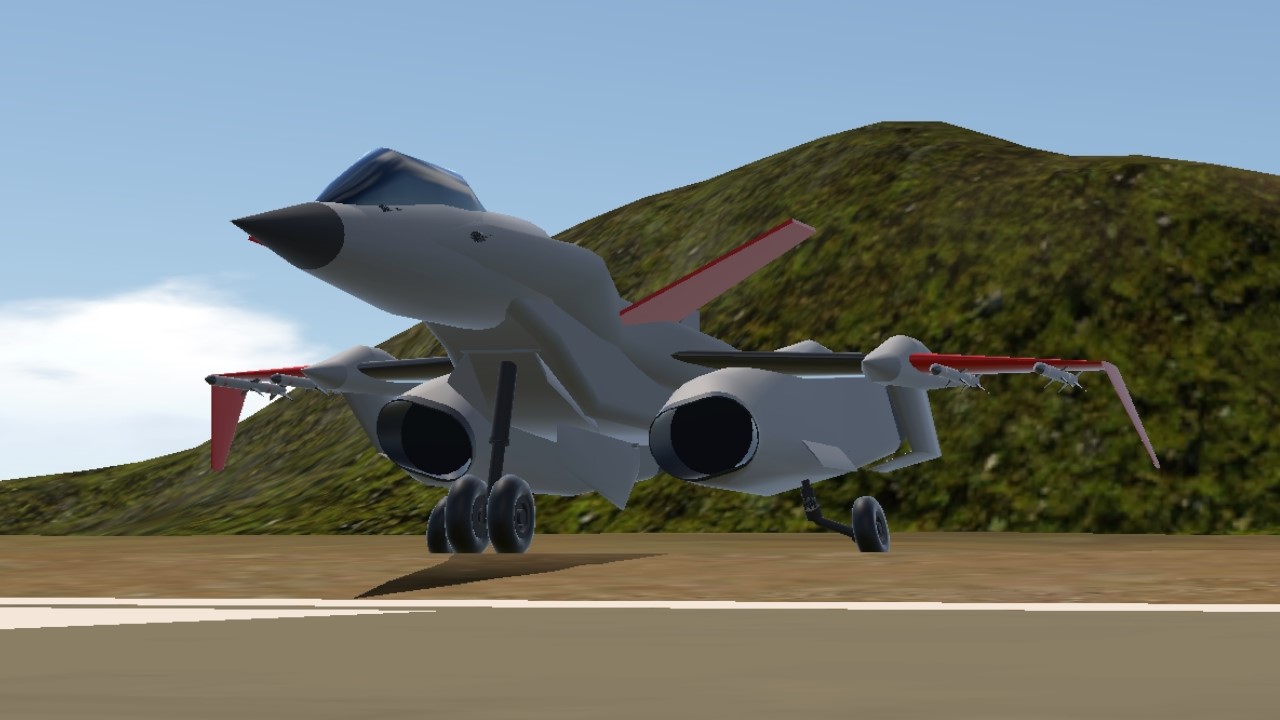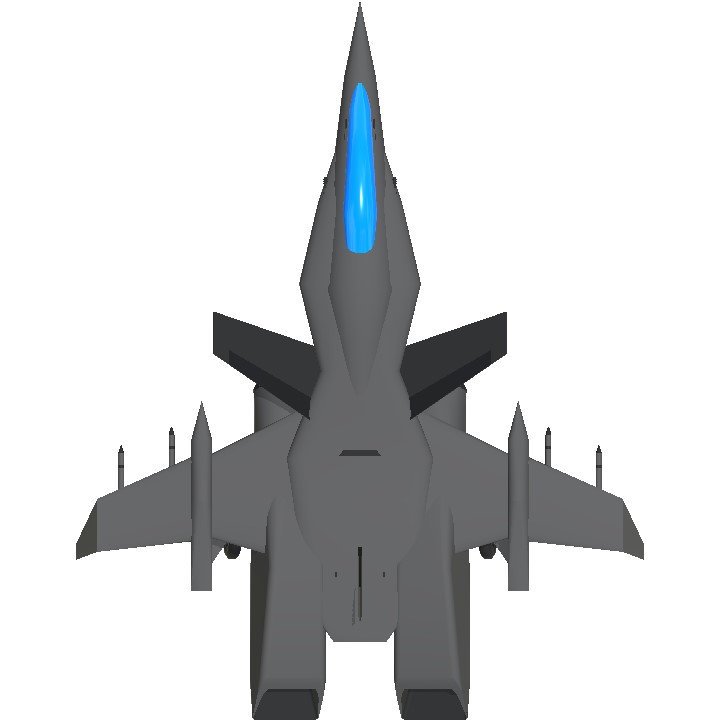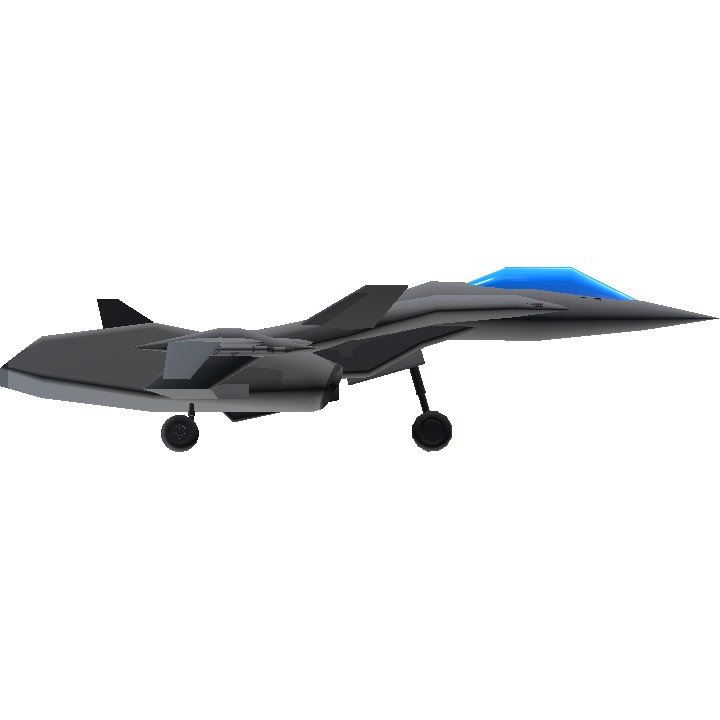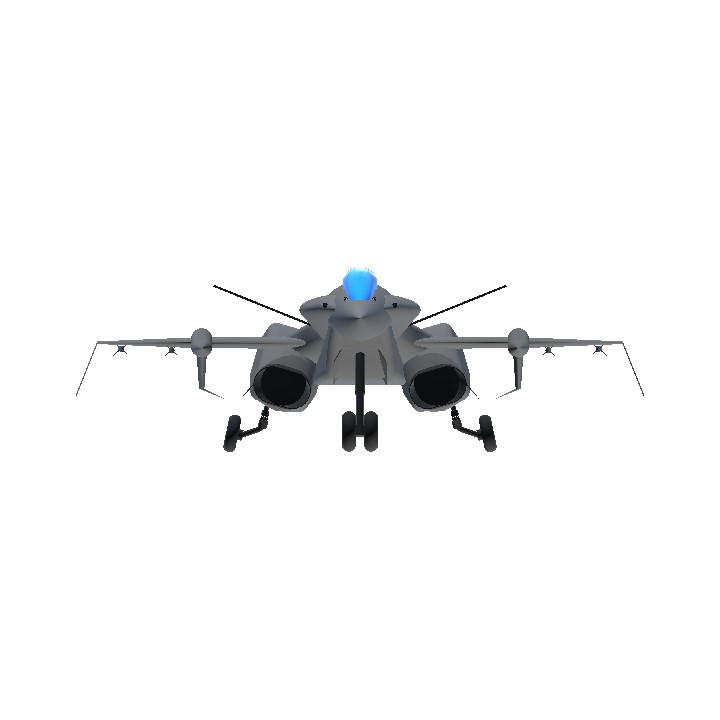The Origin Story of the FTE-3 Gabo: Malaysia's Jet Aircraft Canard for the MSAF
Prelude: A Vision for Aerospace Dominance
In the early 21st century, Malaysia's military strategists recognized that modern warfare would increasingly depend on advanced aerial capabilities. With growing geopolitical tensions surrounding Southeast Asia, the Malaysian government launched a comprehensive review of its aerospace defense initiatives. The Ministry of Defense collaborated with the Malaysian Institute of Aerospace Technology, alongside various aerospace firms. Their goal was to develop cutting-edge jet aircraft that would not only enhance the country's air defense but establish Malaysia as a contender in international aerospace programs.
Inspiration from the Yukikaze Universe
As part of their research and development process, military engineers and strategists became captivated by the Yukikaze universe—the high-tech world of fantastic aircraft characterized by their advanced capabilities and unique design. The FFR-Killer concept took shape from this amalgamation of fiction and ambition. The Yukikaze series, with its remarkable engineers like Harukawa Jin and innovative aircraft such as the FFR-23 MAVE and the FRX-00 MAVE, provided a wealth of design inspiration. These aircraft, although fictional, showcased various technologies that could be emulated or adapted to real-world scenarios.
The Birth of the FTE-3 Gabo
In 2030, the Malaysian government announced the initiation of the Malaysian Super Aviation Force (MSAF) project, with the intention of developing advanced fighter jets featuring canard wings for superior aerodynamics and performance. Engineers drew upon the structural designs of existing Yukikaze-inspired aircraft, particularly focusing on integral components like the canards.
The design team, a collective of local talents and international advisors, worked tirelessly to integrate next-generation technologies into a genuine airframe. The aircraft was dubbed the FTE-3 Gabo, with "Gabo" derived from the Malay word for “hunter,” symbolizing Malaysia's goal to safeguard its skies.
Technical Innovations
The FTE-3 Gabo was conceived with numerous advancements, heavily inspired by the canard configuration seen in the Yukikaze series. These features were designed to enhance maneuverability, stability, and control at high speeds:
Canard Configuration: The aircraft featured a forward canard structure, optimizing lift-to-drag ratios and enhancing pitch control during aerial maneuvers.
Stealth Technology: A composite material was designed for the Gabo, reflecting radar waves and minimizing its radar cross-section, making it a formidable opponent against aerial threats.
Supercruise Capability: The Gabo's engines were developed to enable sustained supersonic flight without afterburners, offering speed and fuel efficiency.
Advanced Avionics: The integration of AI-powered systems equipped the pilots with real-time data analytics, targeting assessments, and threat evaluations.
Multirole Capability: While primarily envisioned as a fighter aircraft, it was also designed to fulfill ground attack, surveillance, and reconnaissance roles, making it versatile across multiple mission profiles.
Trials and Challenges
The first prototype of the FTE-3 Gabo took to the skies in 2035, but the development process was not without hurdles. Pilots faced challenges in adapting to the nuances of the canard design in terms of flight dynamics. Additionally, budget constraints and evolving technology necessitated continuous upgrades and modifications.
Following a series of rigorous test flights, a major breakthrough occurred when an aircraft fitted with the revised canard system outperformed all expectations in agility and combat simulation scenarios. Word of the prototype’s prowess spread across defense ministries globally, establishing the Gabo as a serious contender in aerial technology.
Operational Deployment: The FFR Killer
With successful trials complete, the Malaysian Air Force commissioned the FTE-3 Gabo as a core component of the MSAF in 2038. Its combat simulations proved the aircraft could take down rival aircraft models akin to those seen in the Yukikaze series, such as the FFR-23 MAVE and FFR-31 Sylphid.
The capability to engage high-speed targets and its advanced electronic warfare systems earned it the moniker “FFR Killer.” The Gabo’s unparalleled maneuverability and stealth made it a dreaded opponent in simulated conflict scenarios, while military analysts began to consider it a game changer in regional air superiority.
Legacy and Future Aspirations
The FTE-3 Gabo emerged as a symbol of Malaysia's aspirations in aerial technology, combining influences from fiction with real-world engineering prowess. As further advancements in AI, materials science, and propulsion continue to evolve, subsequent variants and upgrades to the Gabo line are anticipated.
The Gabo not only solidified Malaysia's position in aerospace defense but also inspired a generation of engineers and aviators, ultimately contributing to a sustainable national defense ecosystem that aims high but remains grounded in innovation. The story of the Gabo serves as a reminder of how imagination can meet reality and redefine boundaries in the world of aviation.
Specifications
General Characteristics
- Predecessor [AI PLANE MAKER]
- Created On Android
- Wingspan 87.8ft (26.8m)
- Length 111.3ft (33.9m)
- Height 28.6ft (8.7m)
- Empty Weight N/A
- Loaded Weight 46,852lbs (21,251kg)
Performance
- Power/Weight Ratio 4.316
- Wing Loading 44.5lbs/ft2 (217.4kg/m2)
- Wing Area 1,052.2ft2 (97.8m2)
- Drag Points 8624
Parts
- Number of Parts 91
- Control Surfaces 4
- Performance Cost 725





This aircraft has no including any of Yukikaze anime series this is just alternative story only please do not take serious!!!